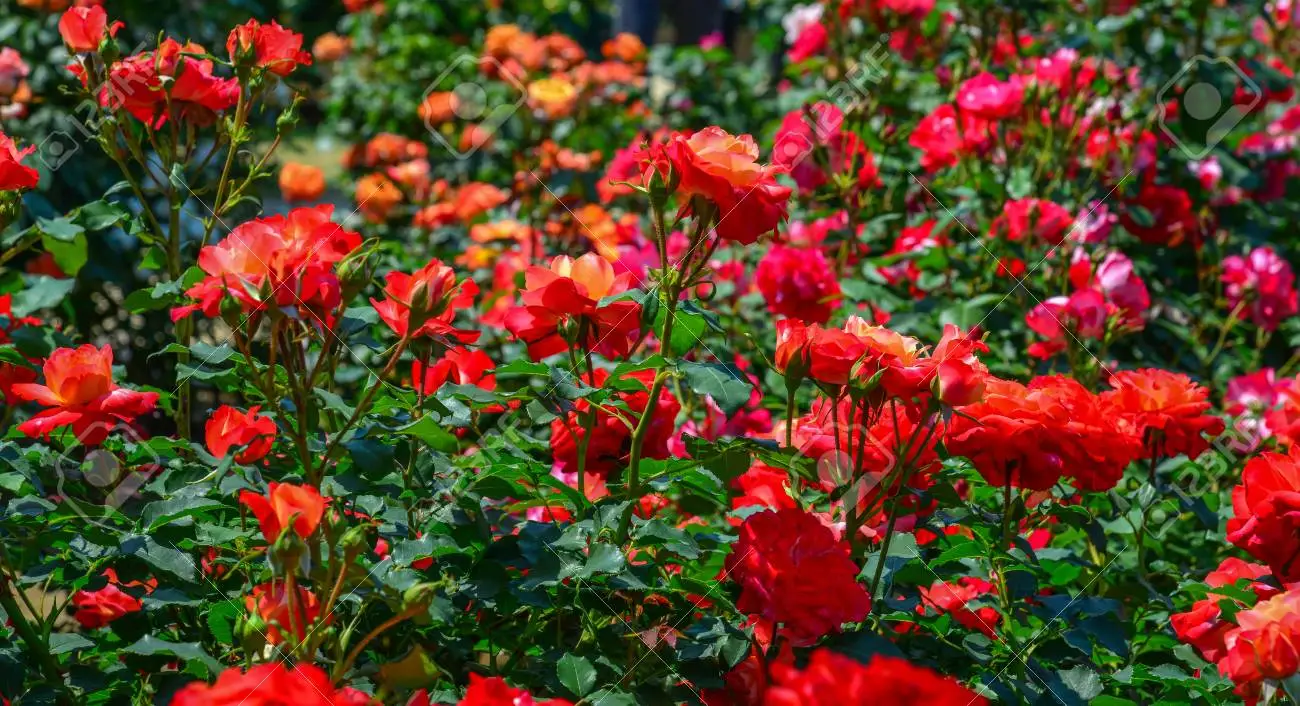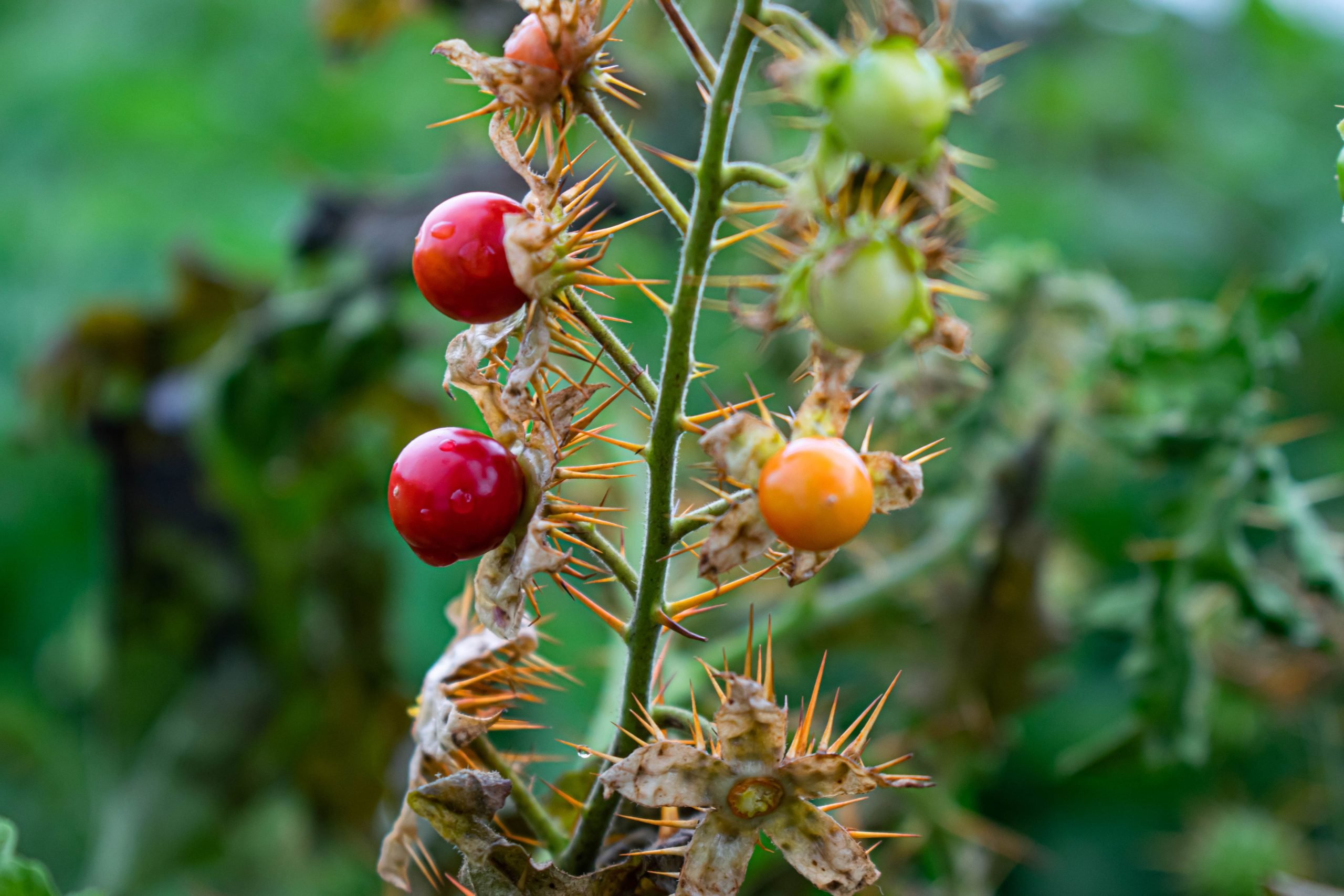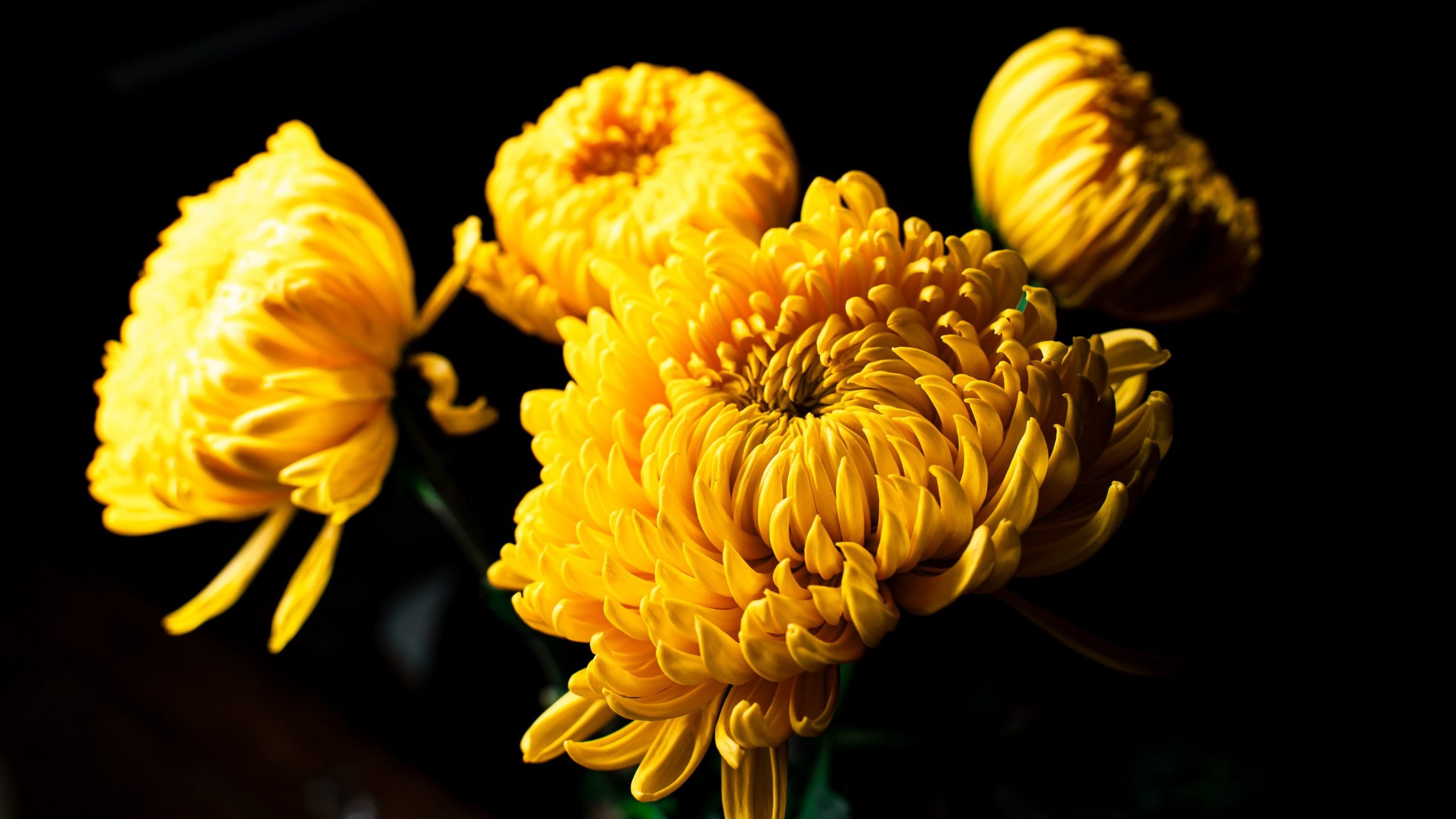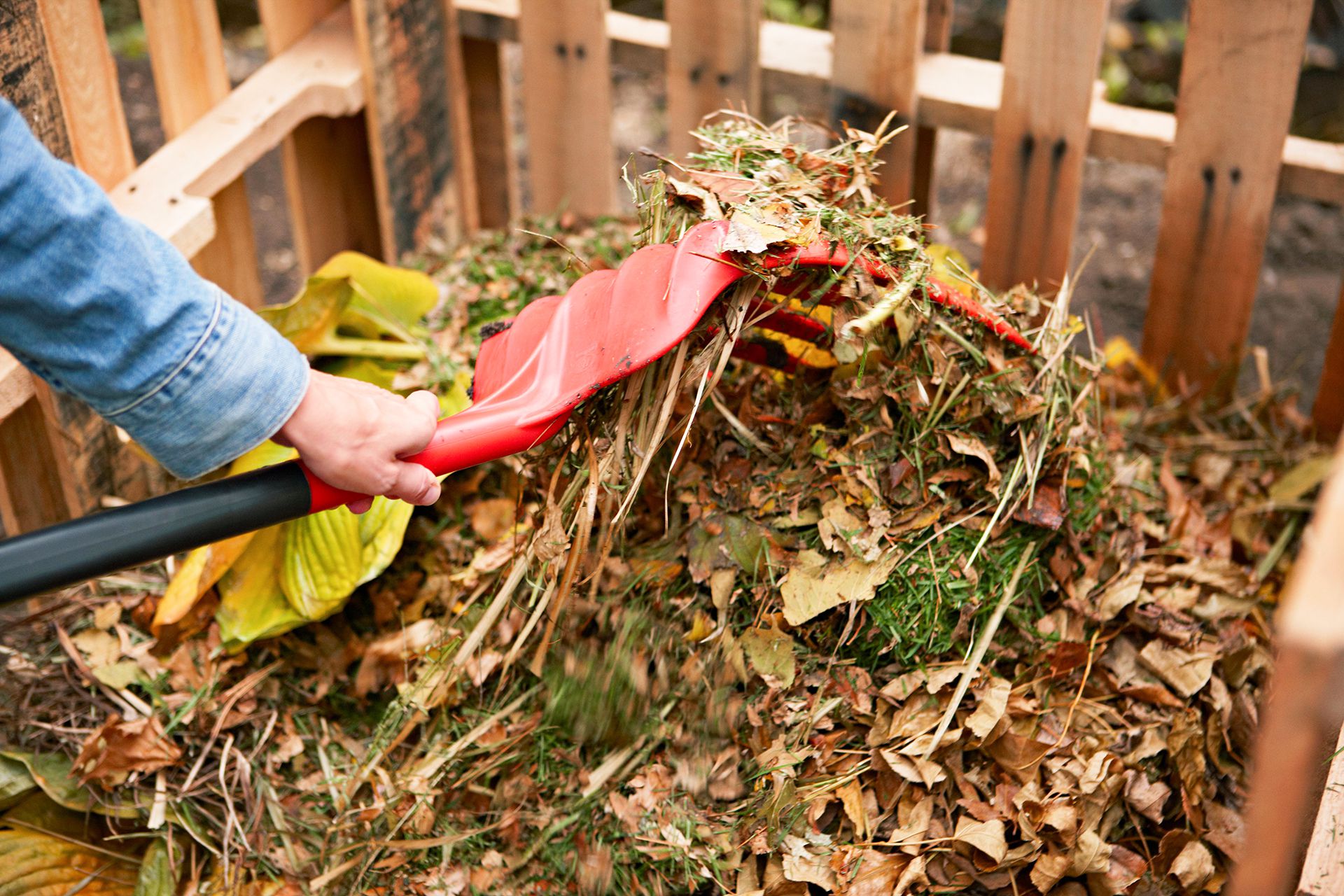What Pigment Causes Red Leaves?
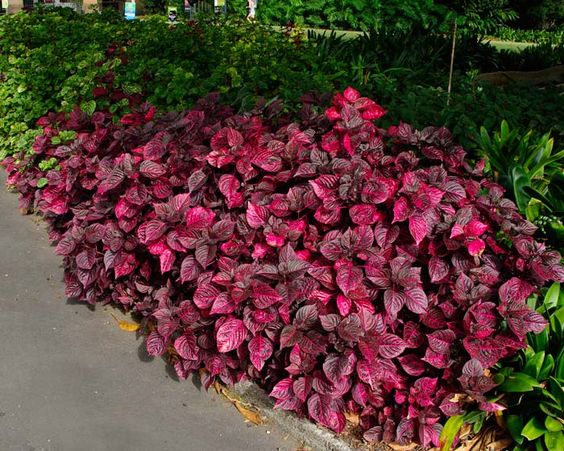
Table of Contents
Red leaved shrubsadd popup color to the garden railing or the entryway of the house by a stunning combination all around the year. The view of other plants in your garden makes it the best backdrop. From our childhood, we have read and understood the science of leaves which are green.
Photosynthesis causes light absorption and makes the greenery in leaves. So, where has this evolution of red leaves taken part? How does the leaf turn red, or how can a leaf stay red color?
There is a heavy explanation behind this journey, we want you to take up only some of your time with this scientific research, as well as the theory behind the chlorophyll presence in the red plants. This curated two-minute read can give you a clear answer to your questions about the red leaves color.
Let’s go for a quick walk around the red leaves to get to know them!
Pigment Causing The Red Leaves
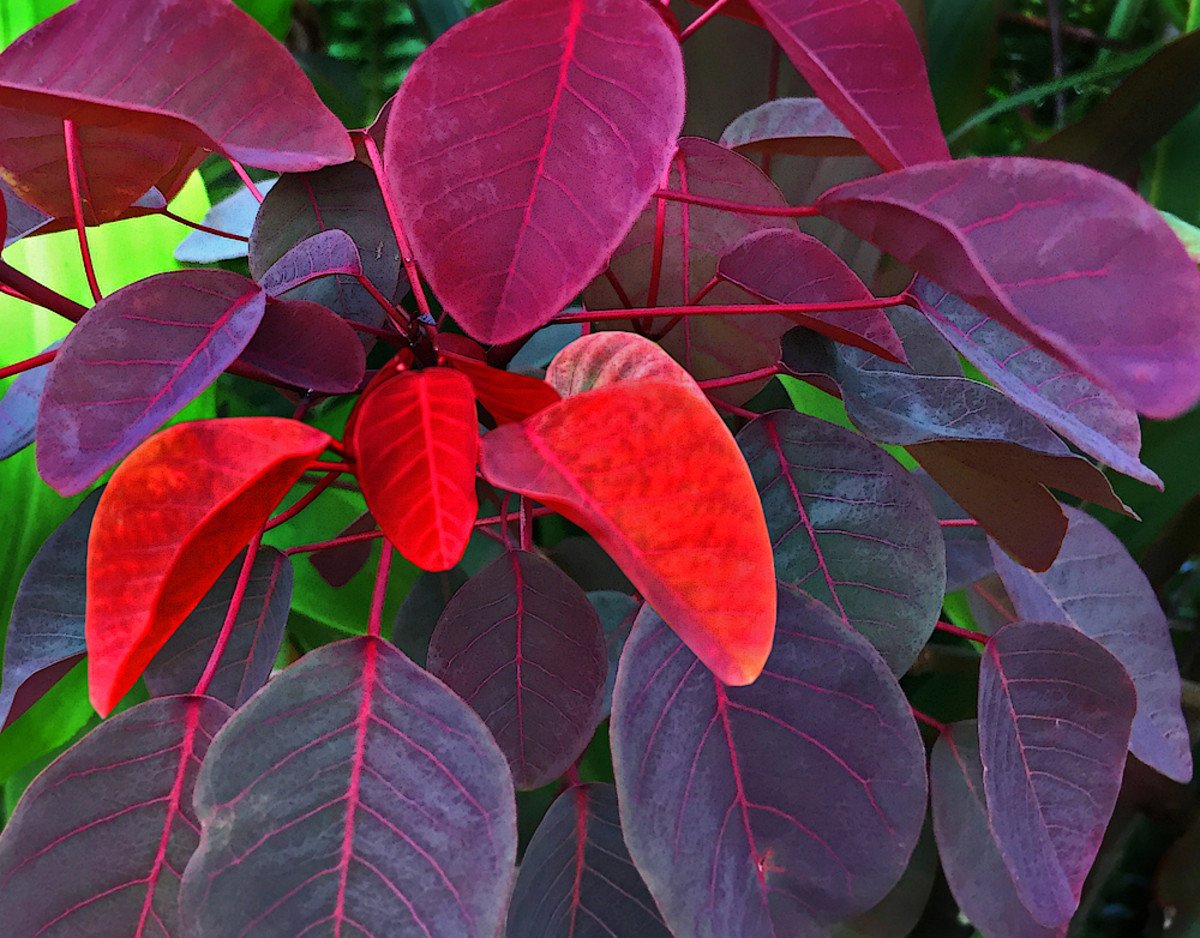
Green is not the only color in plant life. Many fruits, vegetables, and flowers are in different colors. Let us see the pigments and their presence!
Carotenoids
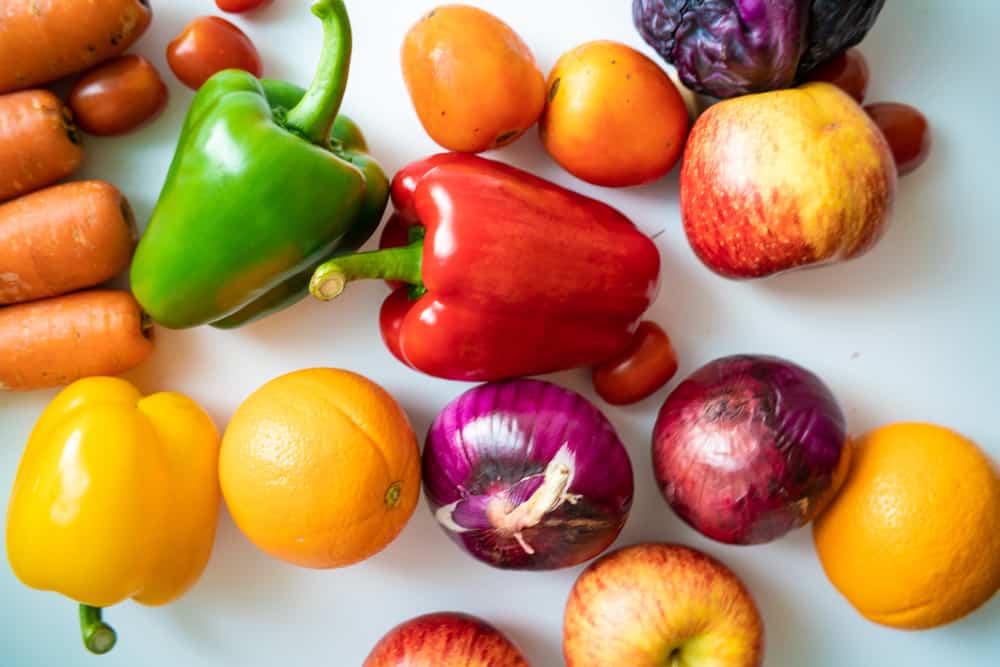
Carotenoids are the major term used for the pigments in yellow, orange, and red color. Beta carotene is the common carotenoid present in plants to give the bright yellow and orange color. These carotenoids are revealed when the chlorophyll breaks down due to sunlight in the autumn. That’s why the autumn leaves are turning red.
Carotenoids are the antioxidants for living cells, and they slow down oxidation to reduce the damage that happens to the cell.
Flavonoids
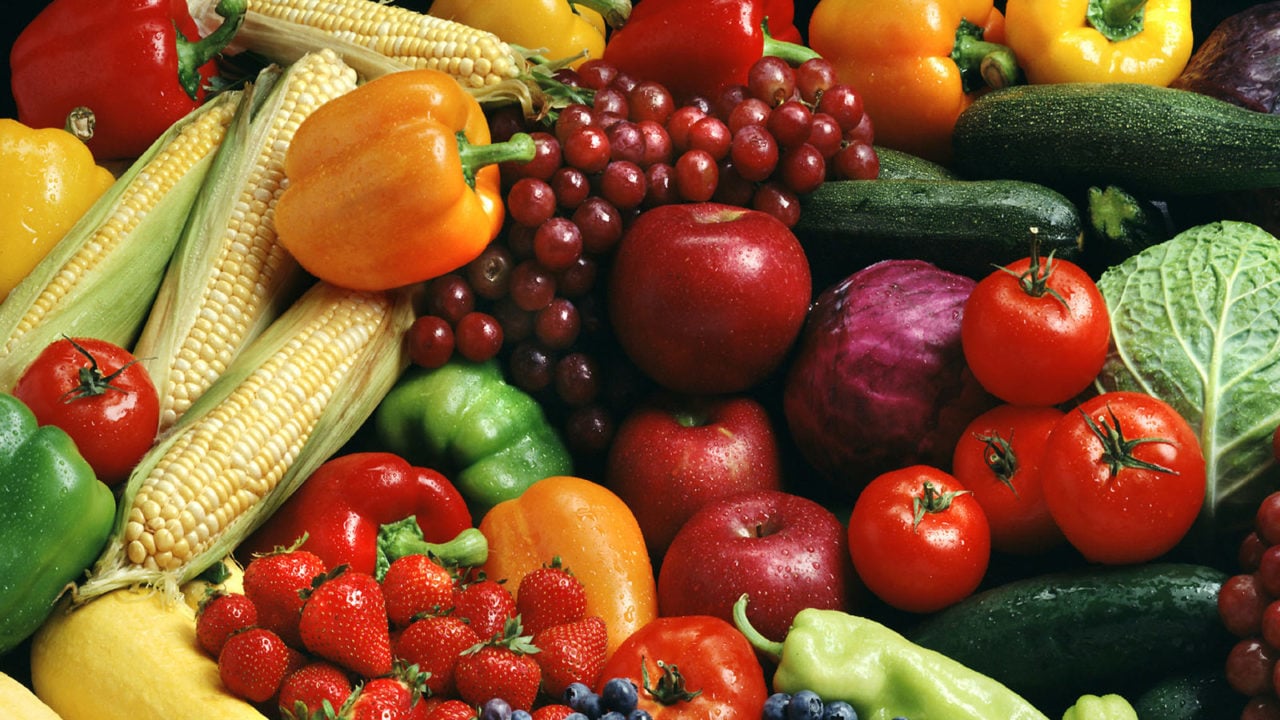
This is not a single molecule you can easily explain, this is a group of compounds present in plants. The colors produced by the flavonoids are Red, Yellow, Blue, and Purple. The plant cell vacuoles have the flavonoid named Anthocyanin most commonly.
Anthocyanins are the important pigment that causes the red color in roses, red cabbage, Autumn maple leaves, apples, and cherries. The pigments that cause the red color from the flavonoids are,
- 3- hydroxy anthocyanins pigments
- 3- deoxy anthocyanins pigments
- Sphagnorubins pigments
- Auronidins pigments
If a plant loses the ability to anthocyanin biosynthesis, then the nitrogen-containing pigments are produced.
Some terrestrial algae are getting red leaves due to the stress response here, the pigments produced are as follows.
- Carotenoid pigments
- Phenolic pigments
Reason for Red Leaves
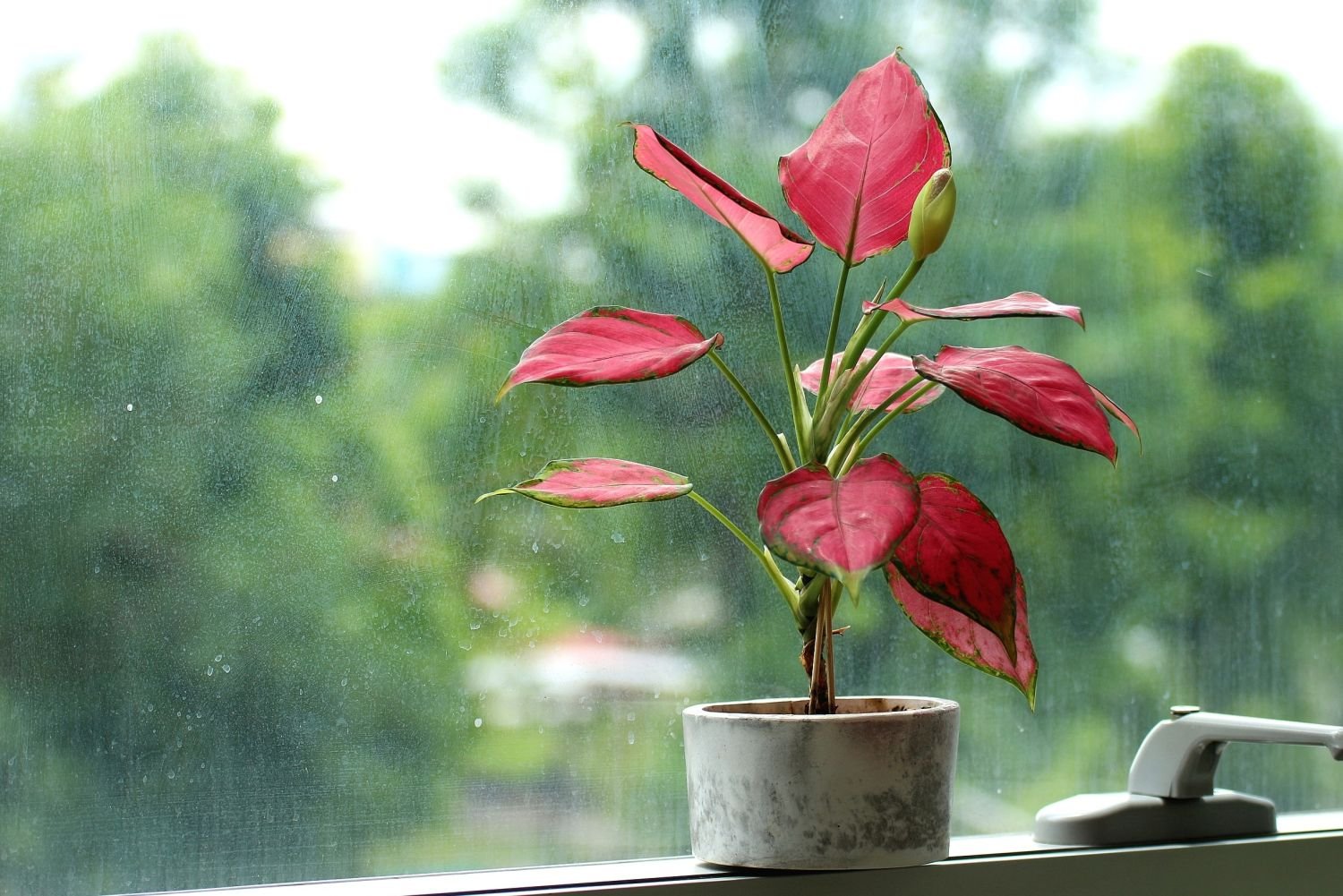
Wondering about the reason behind the red leaves is a common doubt many people have. There are many reasons for the leaves to become red or to become red. The most common reason everyone knows is the plant undergoing the process of senescence. This happens in the fall season, which makes the leaves turn red.
The green chlorophyll is recycled and the leaves are protected by the newly produced anthocyanins. During the fall season, photosynthesis becomes less efficient because of the cold and bright weather. This causes oxidative damage, which the anthocyanins prevent to protect the leaves.
One more reason for the color change in the leaves is stress. Yes, the plants do have stress from cold and drought, which produces anthocyanins. These antioxidants make the red color by their light-blocking properties.
The distinguished case here is that you can see a few plants with red leaves throughout the year in all climates. For example, the Hypoestes are in many different colors. Here, the color of the leaves is to safeguard the plant from the environment, such as herbivores, especially insects.
Do Red Leaves Have Chlorophyll?
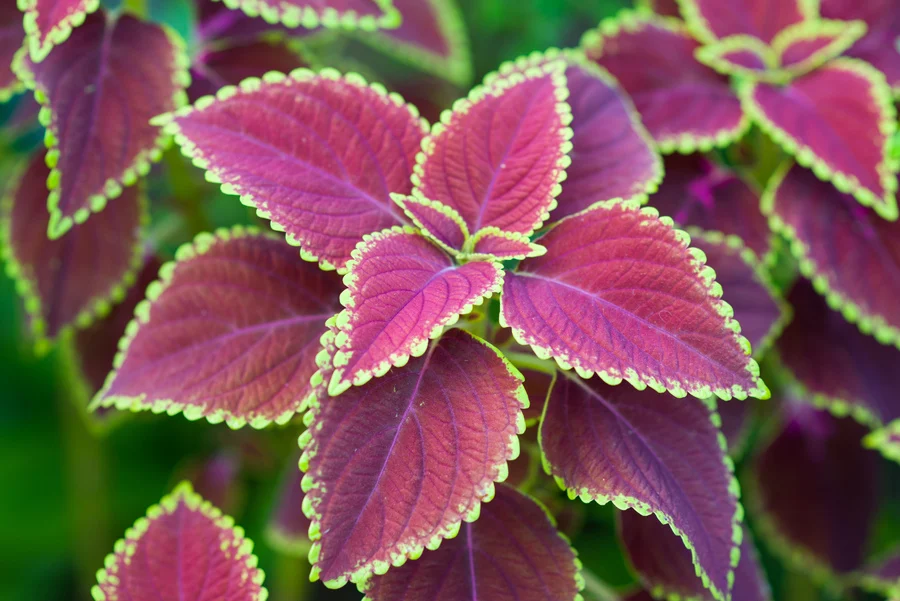
The ultra superior doubt everyone crossing the red leaves has is, does it have chlorophyll in them? Because that is the major thing, a plant can have to survive, and it is green in color. But how can a red leaf have chlorophyll or doesn’t have any?
Red leaves also have chlorophyll in them, even in plenty of amounts. But here, the molecule is covered and wearing a mask of another pigment. The chlorophylls absorb the light and produce glucose and oxygen from electromagnetic energy, carbon dioxide, and water.
In red leaves, the pigments carotenoids and flavonoids are produced. The color is determined by the amount of the pigmentation. If the anthocyanins exceed the other pigments, the leaves are turned red in color, but the chlorophylls are always present there and do their work.
Let’s Wrap Up!
Red leaves plants are typically deemed as a lucky charm that anyone can have in their house. If you are going to plant a red leaves tree or a plant in your house, know them by their pigments and the photosynthesis of them
The carotenoids and flavonoids are the known compounds for causing red and orange pigmentation in the plant world. Here, the red color in leaves is produced by the molecule anthocyanins, which creates various types of red pigments. The red pigments produced in plants are different varieties according to the weather and the reason for them to turn red.
Let it be Turning Red or Being Red always, the anthocyanins are the major reason behind the red color in the leaves. Have you cleared your doubts about color pigments and the reasons behind them? After knowing the fact that anthocyanins are protecting your plant in cold weather, you may want to start planting the red leaves in your garden without any doubt.
Don’t wait for anything, just start your work and let us know the outcome of your garden with these red plants.

